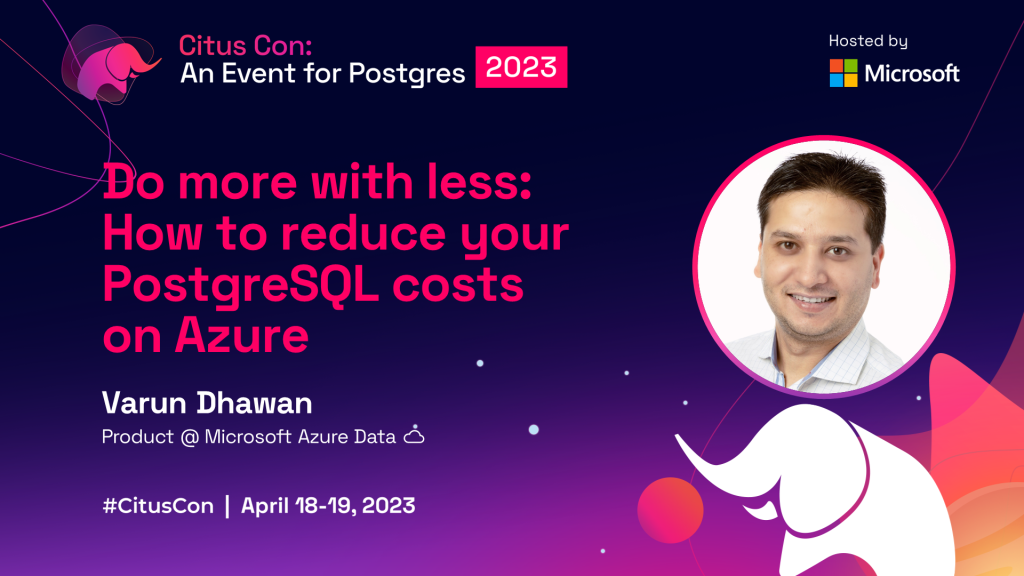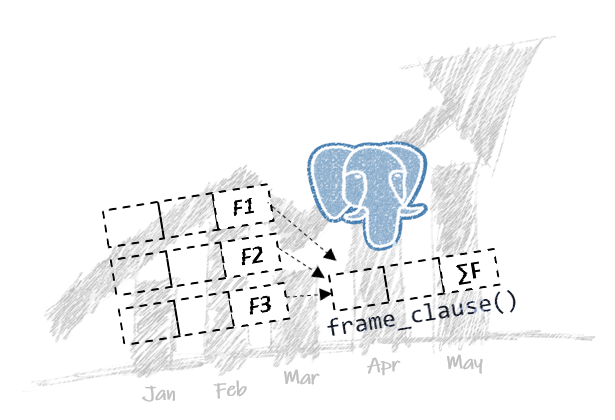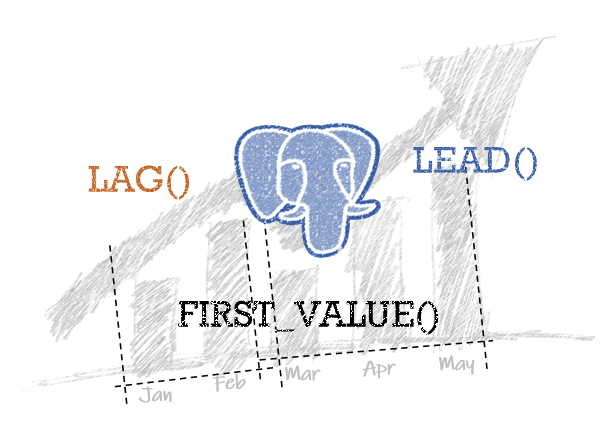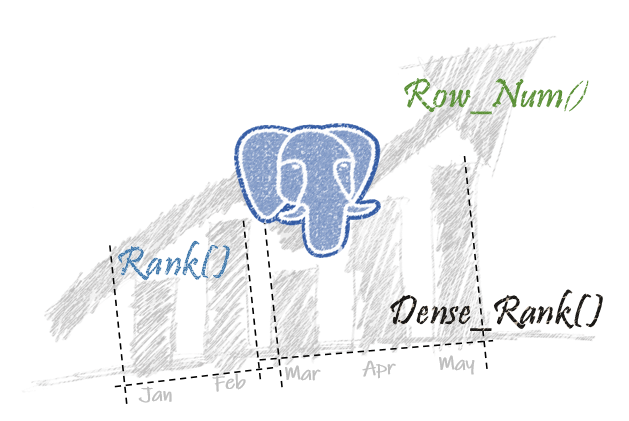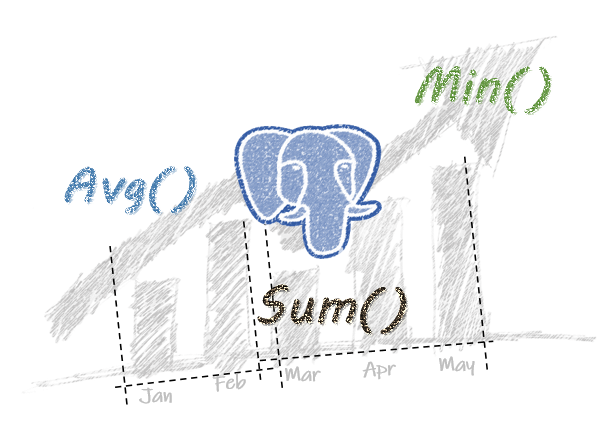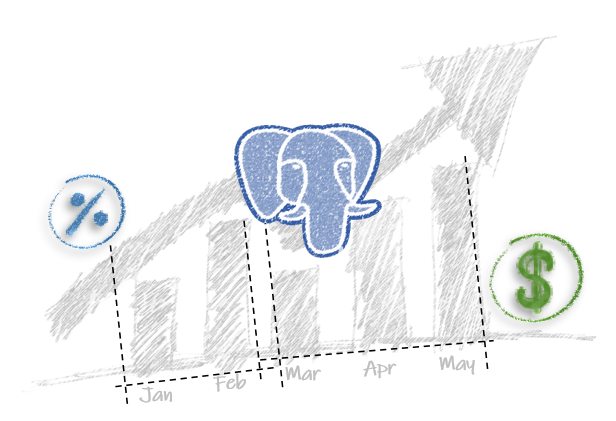
Disclaimer: This image was generated with DALL-E by OpenAI.
Hey Y’all! I want to share something I’ve been thinking about a lot lately this year. You know how our lives today are basically swamped with social media? Instagram, TikTok, Snapchat, Facebook, Twitter – you name it, we’re on it. And let’s not even get started on the constant stream of ‘breaking’ news. It’s like we’re in an endless cycle of catching up with everything and everyone. But here’s what I’ve started to realize: maybe the real skill isn’t keeping up with everything, but learning what to ignore.
I stumbled upon this idea almost by an accident. At start of a usual workday, I thought, what if instead of making a routine ‘To-Do‘ list, why not make a ‘Not To Do’ list? Like, not to endlessly scroll through my LinkedIn feed just to fill time. Sounds weird, right? But let me tell you, it felt kind pretty great.
Social media is a tricky beast. I’ve lost count of how many times I’ve fallen down the rabbit hole of ‘just one more video‘ and ended up doom-scrolling YouTube shorts my entire evening. So, I’ve been trying to set some boundaries for myself. It’s not about missing out on stuff; it’s more about making sure I have time for things that really matter – like, you know, real life.
And here’s a hard truth I’ve been grappling with: it’s okay to say ‘no’. I used to feel like I had to read every tweet I’m being tagged and reply to every email that came my way. But I’m learning that it’s okay to pass on things that don’t add anything meaningful to my day. It’s not always easy, but it’s definitely freeing.
Heard about the joy of missing out (JOMO). It’s a thing, and it’s actually pretty awesome. Instead of feeling bad about not keeping up with everything, I’ve started to enjoy the moments when I’m not glued to any screen. Whether it’s just sitting quietly, enjoying a good book, or listening to my daughter share her high school drama or making dinner. (I suck at cooking but that’s for another post), these moments feel a lot more meaningful now.
Finally, I’m learning not to stress about notifications. It’s okay not to check every single one. Ignoring the unimportant stuff means I can now make time for what’s more important.
So, as we navigate this world of endless information and distractions, I’m realizing that focusing on what truly matters is key. It’s not about cutting out social media or news entirely, but about choosing what to engage with. And believe me, it’s a journey – one I’m still figuring out everyday. But I can tell you this: it’s definitely worth it. Here’s to finding our focus in the chaos! 🌟🙌




